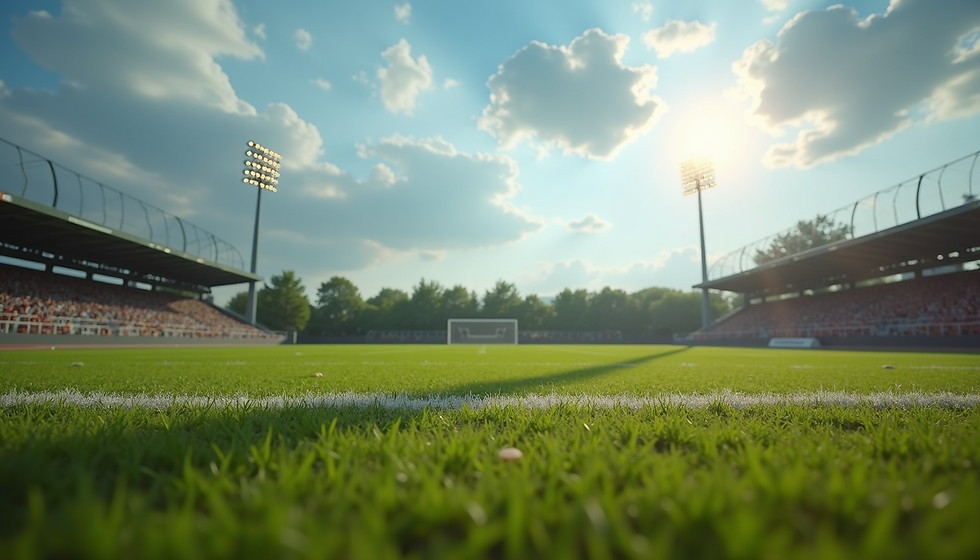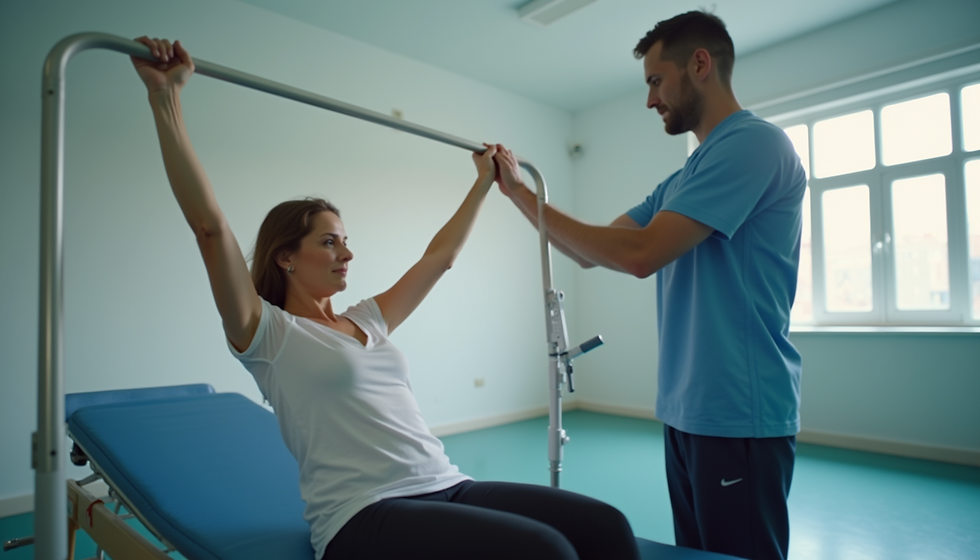Understanding the Basics of Concussions and Their Impact on Health
- Gifted Gabber

- May 26
- 3 min read
Concussions have gained significant attention, especially in the context of sports and head injuries. But what truly is a concussion, and how does it affect our health? This post will explore the symptoms, mechanisms, diagnosis, treatment, and long-term effects of concussions. Understanding these factors is crucial not only for athletes but for anyone who may be at risk of head trauma.
What is a Concussion?
A concussion is a type of traumatic brain injury (TBI) that occurs when the brain is jolted or shaken inside the skull. This can result from a direct blow to the head or from sudden movements such as a fall or collision. For instance, athletes in contact sports like football may incur concussions from tackles or falls, while even a minor bump can trigger symptoms.
Notably, concussions are often not detectable through standard imaging tests like CT scans and MRIs. This makes it essential to identify the signs early and understand how to manage their effects effectively.
Symptoms of a Concussion
Symptoms of a concussion can vary and may not present immediately after the injury. Some symptoms may appear right away, while others can develop hours or days later. Common symptoms include:
Headache: This is typically the most reported symptom, with studies indicating that about 70% of individuals report headaches after a concussion.
Confusion: Many find it hard to concentrate or recall events surrounding the injury. Research shows that over 60% of those with a concussion experience memory issues.
Dizziness: A significant number of individuals—up to 50%—report feeling light-headed or unbalanced.
Nausea and Vomiting: This occurs in 20-30% of concussion cases, particularly within the first few hours post-injury.
Sensitivity to Light and Noise: Many experience discomfort in bright or loud environments, which can last days after the injury.
Recognizing these symptoms is vital for seeking timely medical assistance, which can help prevent further complications.
Understanding the Mechanism of Injury
Upon a concussion, the brain undergoes physical and chemical changes. The impact can damage brain cells, leading to inflammation and disrupted brain functions. This process results in metabolic disturbances, significantly affecting cognitive abilities, mood, and overall health.
Research indicates that repeated concussions can lead to cumulative brain injuries. A study from the Boston University CTE Center found that former NFL players are three times more likely to develop cognitive impairments compared to those without a history of concussions. This raises alarms, especially in contact sports where head impacts occur frequently.
The Importance of Diagnosis and Treatment
If a concussion is suspected, seeking immediate medical evaluation is essential. Healthcare professionals will conduct a comprehensive assessment, including cognitive tests, balance checks, and symptom evaluations. For instance, the "SCAT5" test is commonly used for assessing athletes in the field.
Initially, treatment revolves around rest—both physical and cognitive. This means minimizing screen time, reading, and other mentally taxing activities. Following a concussion, it's crucial for athletes to follow gradual return-to-play protocols to ensure they are symptom-free before resuming sports activities.
Long-Term Effects of Concussions
While many recover from a concussion, some may face ongoing symptoms, known as Post-Concussion Syndrome (PCS). This condition can lead to persistent headaches, dizziness, concentration issues, and emotional changes. Research suggests that approximately 10-20% of people will experience PCS following a concussion.
Moreover, repeated concussions significantly increase the risk of long-term neurological disorders. Surveys have indicated that athletes with multiple concussions may develop conditions like Chronic Traumatic Encephalopathy (CTE), a degenerative brain disease, at alarming rates.

Preventative Measures
Preventing concussions is critical, particularly in sports and activities where head injuries are common. Key preventative measures include:
Wearing Protective Gear: Proper helmets and other protective equipment can significantly lower the risk of head injuries. For example, using a well-fitted helmet can reduce the risk of concussions by up to 50% in some sports.
Following Safety Protocols: Adhering to the rules of sports and safety guidelines helps minimize injury risks. Education on safe play techniques is crucial.
Educating Coaches, Athletes, and Parents: Raising awareness of concussion signs and the importance of reporting injuries can lead to quicker responses and better management.
Encouraging participation in activities promoting balance and coordination can also further enhance overall safety and reduce accidents.
Prioritizing Awareness and Education
Concussions are a serious health issue that requires awareness, prompt action, and appropriate management. By understanding the symptoms, treatment options, and long-term effects of concussions, we can work toward better outcomes for those affected.
Creating a culture of safety through education about head injuries can significantly reduce the incidence of concussions and protect the wellbeing of individuals across various activities. Whether you are an athlete, a parent, or simply someone interested in health, staying informed about concussions is vital for fostering safety and health in your community.




Comments